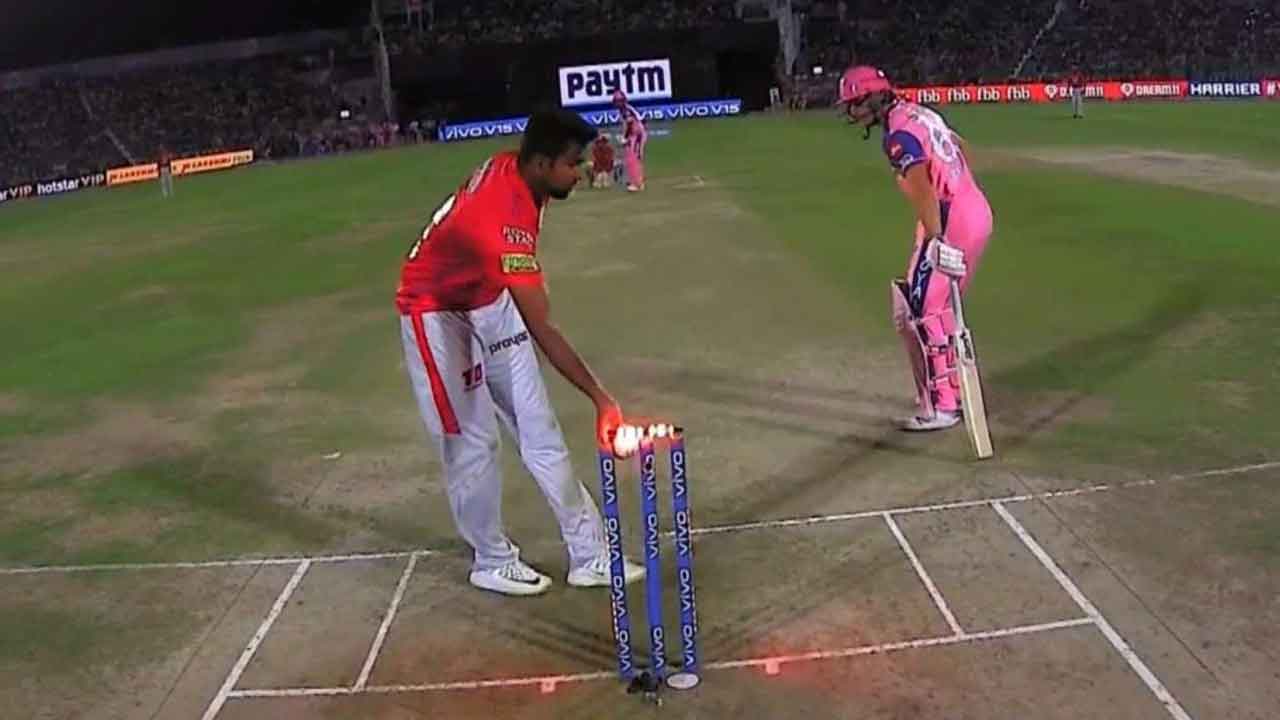The move, which takes its name from the legendary Vinoo Mankad's similar run out of Bill Brown during India's 1948 tour of Australia, has been considered against the 'spirit of the game' even though it is perfectly legal according to cricket's laws.
Mankading is a tactic used in cricket where the bowler runs out the non-striker (the batsman at the other end of the pitch) by attempting to bowl the ball while the non-striker is out of his crease (the line marking the batsman's end of the pitch).

Vinoo Mankad was an Indian cricketer who played for the Indian national team from 1946 to 1959. He was a left-handed batsman and a right-arm off break bowler. Mankad was also known for his sportsmanship and fair play, and was widely respected in the cricketing community. He was named one of the five Wisden Cricketers of the Year in 1952.

This tactic is controversial because it goes against the unwritten code of cricket, which dictates that the bowler should give the batsman a chance to get back into his crease before attempting to run him out.
Mankading is disliked by many because it is seen as a deceptive and unfair tactic, as it relies on the bowler taking advantage of the non-striker's unawareness or inattention. Some argue that it goes against the spirit of the game, which is supposed to be played in a fair and sportsmanlike manner. Additionally, mankading has been the source of numerous on-field confrontations and controversies, as it often leads to tensions between the teams and players.
It is unclear who specifically started the practice of mankading in cricket, as it has been a part of the game for many years. The term "mankading" itself was coined in the 1960s, but the act of a bowler dismissing a batsman by running them out while they are backing up has been present in the game for much longer























